Philipp Jund
Scalable Scene Flow from Point Clouds in the Real World
Mar 15, 2021
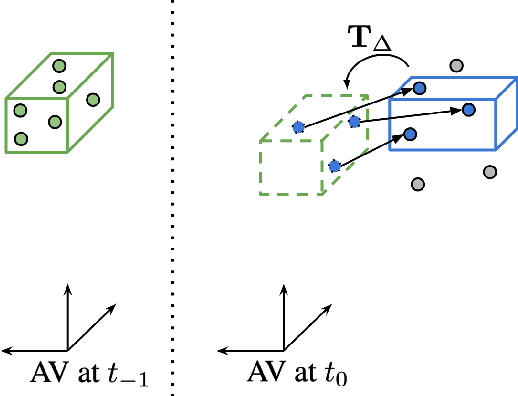
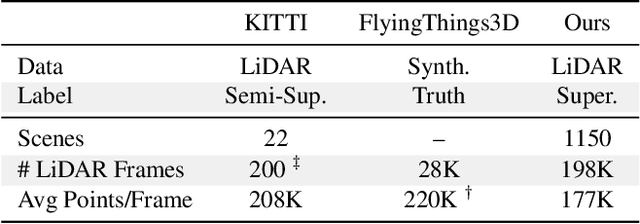
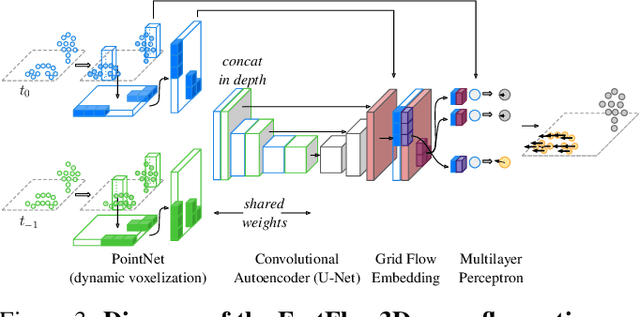
Abstract:Autonomous vehicles operate in highly dynamic environments necessitating an accurate assessment of which aspects of a scene are moving and where they are moving to. A popular approach to 3D motion estimation -- termed scene flow -- is to employ 3D point cloud data from consecutive LiDAR scans, although such approaches have been limited by the small size of real-world, annotated LiDAR data. In this work, we introduce a new large scale benchmark for scene flow based on the Waymo Open Dataset. The dataset is $\sim$1,000$\times$ larger than previous real-world datasets in terms of the number of annotated frames and is derived from the corresponding tracked 3D objects. We demonstrate how previous works were bounded based on the amount of real LiDAR data available, suggesting that larger datasets are required to achieve state-of-the-art predictive performance. Furthermore, we show how previous heuristics for operating on point clouds such as artificial down-sampling heavily degrade performance, motivating a new class of models that are tractable on the full point cloud. To address this issue, we introduce the model architecture FastFlow3D that provides real time inference on the full point cloud. Finally, we demonstrate that this problem is amenable to techniques from semi-supervised learning by highlighting open problems for generalizing methods for predicting motion on unlabeled objects. We hope that this dataset may provide new opportunities for developing real world scene flow systems and motivate a new class of machine learning problems.
Optimization Beyond the Convolution: Generalizing Spatial Relations with End-to-End Metric Learning
Mar 24, 2018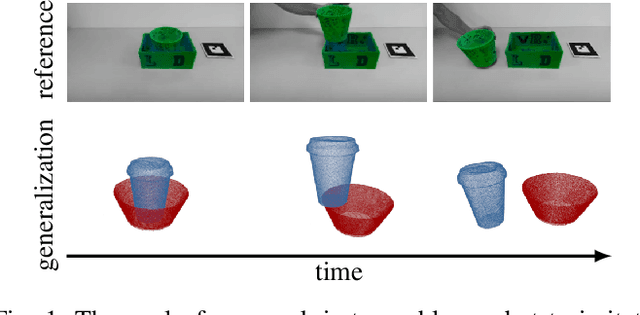
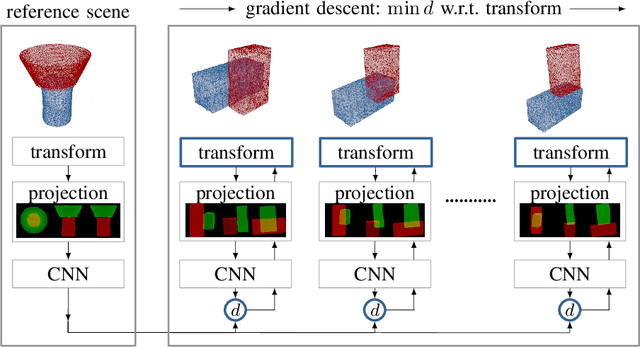
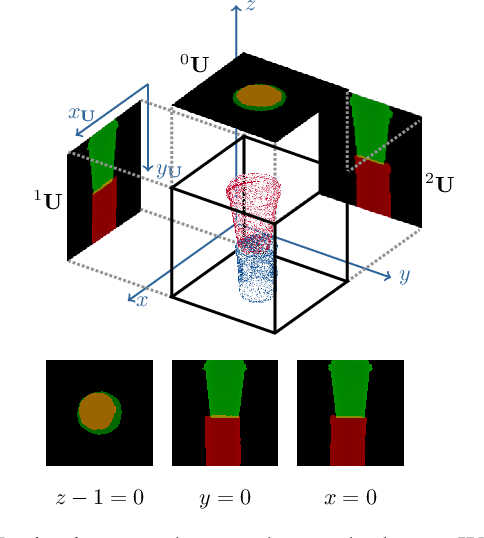
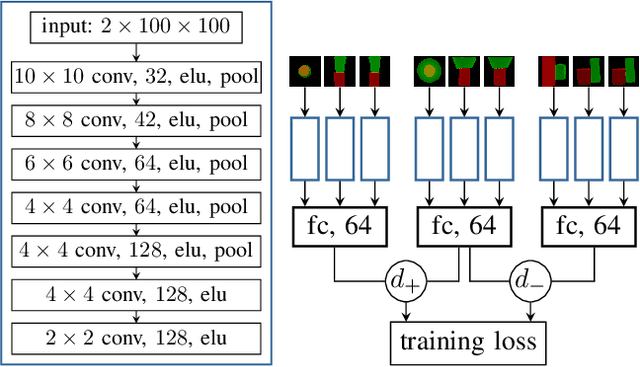
Abstract:To operate intelligently in domestic environments, robots require the ability to understand arbitrary spatial relations between objects and to generalize them to objects of varying sizes and shapes. In this work, we present a novel end-to-end approach to generalize spatial relations based on distance metric learning. We train a neural network to transform 3D point clouds of objects to a metric space that captures the similarity of the depicted spatial relations, using only geometric models of the objects. Our approach employs gradient-based optimization to compute object poses in order to imitate an arbitrary target relation by reducing the distance to it under the learned metric. Our results based on simulated and real-world experiments show that the proposed method enables robots to generalize spatial relations to unknown objects over a continuous spectrum.
The Freiburg Groceries Dataset
Nov 17, 2016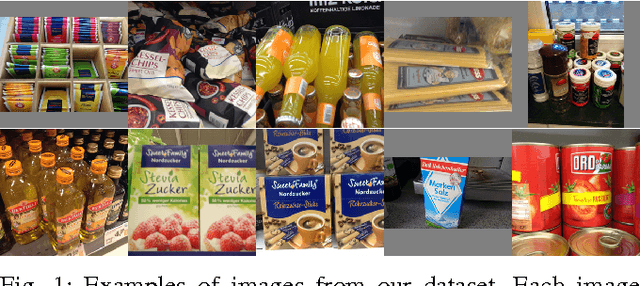
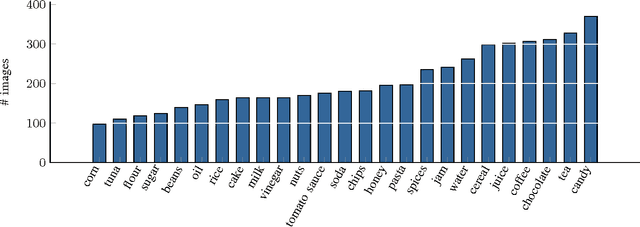
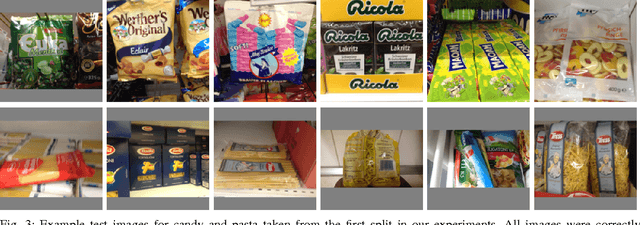
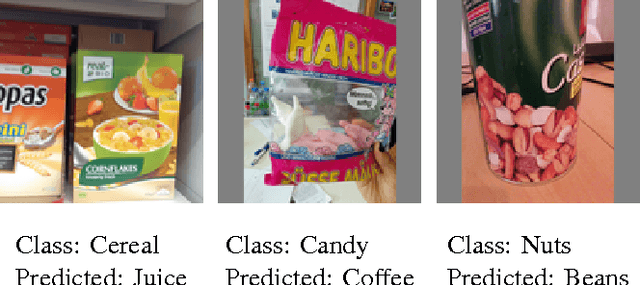
Abstract:With the increasing performance of machine learning techniques in the last few years, the computer vision and robotics communities have created a large number of datasets for benchmarking object recognition tasks. These datasets cover a large spectrum of natural images and object categories, making them not only useful as a testbed for comparing machine learning approaches, but also a great resource for bootstrapping different domain-specific perception and robotic systems. One such domain is domestic environments, where an autonomous robot has to recognize a large variety of everyday objects such as groceries. This is a challenging task due to the large variety of objects and products, and where there is great need for real-world training data that goes beyond product images available online. In this paper, we address this issue and present a dataset consisting of 5,000 images covering 25 different classes of groceries, with at least 97 images per class. We collected all images from real-world settings at different stores and apartments. In contrast to existing groceries datasets, our dataset includes a large variety of perspectives, lighting conditions, and degrees of clutter. Overall, our images contain thousands of different object instances. It is our hope that machine learning and robotics researchers find this dataset of use for training, testing, and bootstrapping their approaches. As a baseline classifier to facilitate comparison, we re-trained the CaffeNet architecture (an adaptation of the well-known AlexNet) on our dataset and achieved a mean accuracy of 78.9%. We release this trained model along with the code and data splits we used in our experiments.
 Add to Chrome
Add to Chrome Add to Firefox
Add to Firefox Add to Edge
Add to Edge